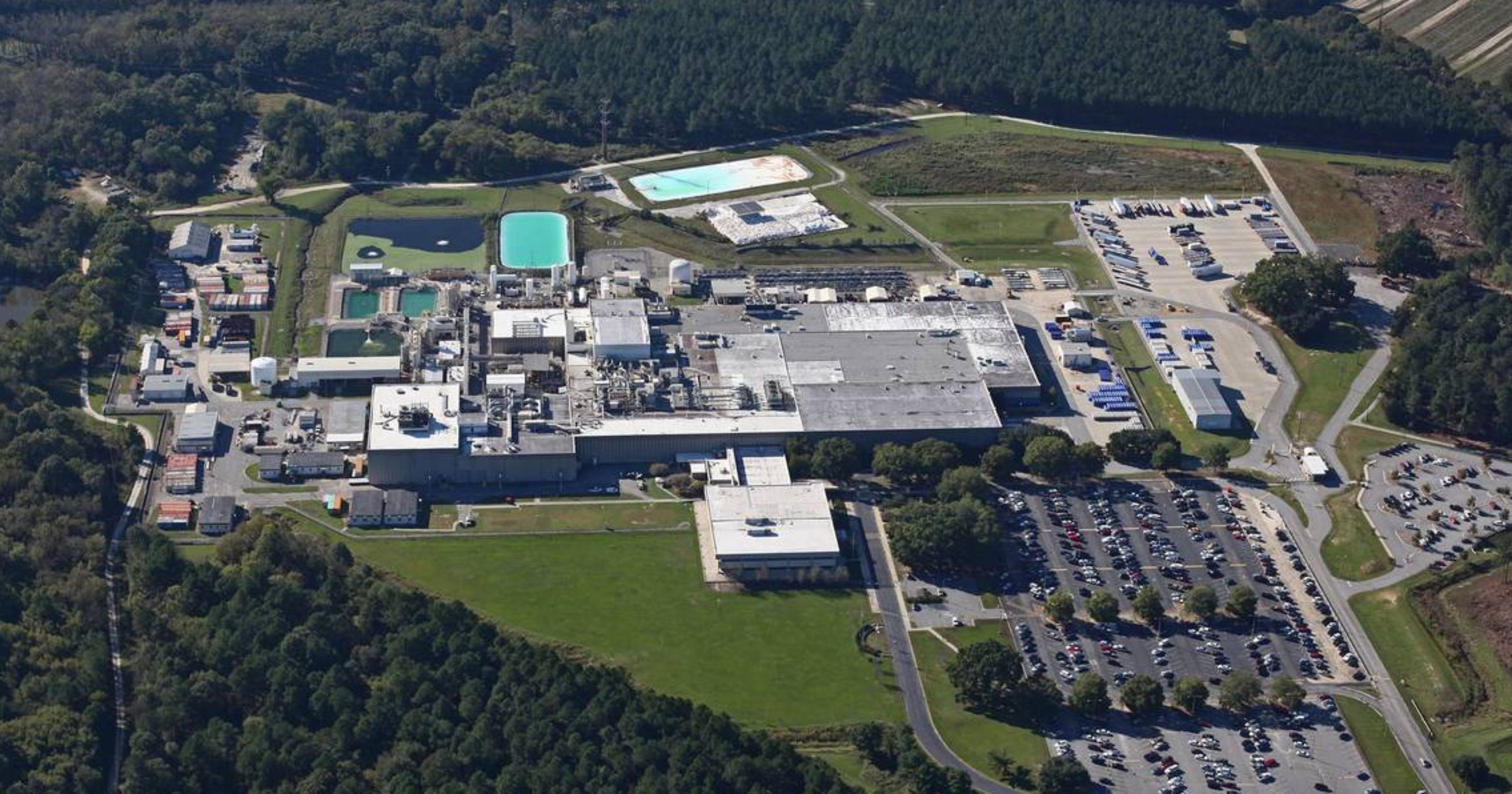Geiger Readings for May 15, 2018
Ambient office = 133 nanosieverts per hour
Ambient outside = 99 nanosieverts per hour
Soil exposed to rain water = 107 nanosieverts per hour
Ambient office = 133 nanosieverts per hour
Ambient outside = 99 nanosieverts per hour
Soil exposed to rain water = 107 nanosieverts per hour
The U.K. Office for Nuclear Regulation was established as a public corporation under the Energy Act of 2013 as the “independent, statutory regulator of nuclear safety, nuclear security, and conventional health and safety at nuclear sites in the UK.” (This would seem a bit tardy due to the fact that the first commercial power reactor in the world went into operation in the U.K. in 1965.)
Ambient office = 74 nanosieverts per hour
Ambient outside = 117 nanosieverts per hour
Soil exposed to rain water = 121 nanosieverts per hour
Ambient office = 81 nanosieverts per hour
Ambient outside = 135 nanosieverts per hour
Soil exposed to rain water = 137 nanosieverts per hour
Ambient office =77 nanosieverts per hour
Ambient outside = 124 nanosieverts per hour
Soil exposed to rain water = 123 nanosieverts per hour

Westinghouse, a major U.S. corporation, owns and operates the Bluff Road nuclear fuel fabrication facility near Columbia, South Carolina. The plant was built in 1969 and employs about one thousand people. It is one of a few facilities in the U.S. that makes nuclear fuel assemblies for commercial nuclear power plants.
Ambient office = 85 nanosieverts per hour
Ambient outside = 154 nanosieverts per hour
Soil exposed to rain water = 150 nanosieverts per hour

The U.S. Navy operated a nuclear power reactor at McMurdo Station in Antarctica from 1962 to 1973. The reactor was similar to the reactors on U.S. Navy vessels and it supplied electricity and desalinated water to the McMurdo Station. There were over four hundred documented safety problems at the reactor during that period of time.
Ambient office = 66 nanosieverts per hour
Ambient outside = 141 nanosieverts per hour
Soil exposed to rain water = 148 nanosieverts per hour
I have written about the use of robots in the nuclear industry in prior blog posts. A number of robots were used in the aftermath of the Fukushima nuclear disaster. The primary use of these robots was to explore the areas of the ruined reactors that were too radioactive for human beings to inspect. Unfortunately, many of these robots were rapidly destroyed by the heat and radioactivity.
Ambient office = 148 nanosieverts per hour
Ambient outside = 133 nanosieverts per hour
Soil exposed to rain water = 129 nanosieverts per hour
The short-lived radioisotope technetium-99m (Tc-99) is used for more than thirty million medical procedures each year for treatment and diagnosis around the world. Tc-99m is the most widely used radioisotope for medical imaging. Tc-99m is generated from molybdenum-99 (MO-99) which also has a short half-life. They have to be used quickly after they are produced.
Ambient office = 78 nanosieverts per hour
Ambient outside = 107 nanosieverts per hour
Soil exposed to rain water = 111 nanosieverts per hour